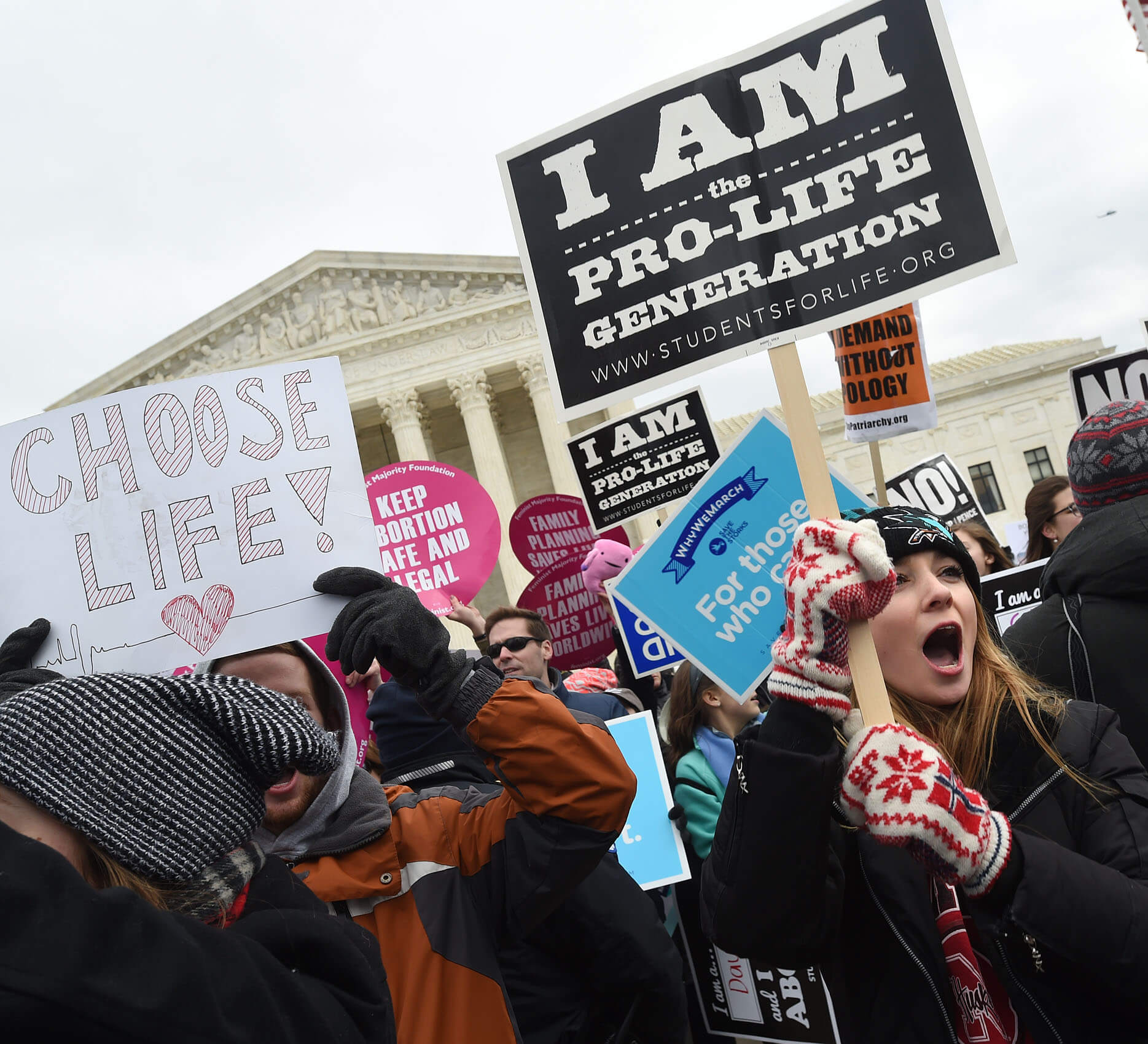
Pro-life leaders say low abortion rate good news but not complete picture
The pro-life community is cheering a report released Sept. 18 that indicates the number and rate of abortions nationwide have fallen to their lowest levels since the Supreme Court’s Roe v. Wade decision legalized abortion on demand in 1973.
The numbers were provided by the Guttmacher Institute, which researches data on abortion. For 2017, the last year for which full numbers were available, the institute recorded 862,000 abortions. That translates to 13.5 abortions per 1,000 women ages 15-44, a rate less than half of the 1990 count.
For the previous two tallies, the numbers were 926,000 in 2014, and just over 1 million in 2011.
Between 2011 and 2017, abortion rates increased in only five states and the District of Columbia. One of the largest drops was in Virginia, at more than 40 percent between 2011 and 2017.
But there’s no single reason for the decline, including wider legal restrictions and the closing of clinics, the report stated. “Rather, the decline in abortions appears to be related to declines in births and pregnancies overall.”
The 2011-2017 timeframe “warrants particular attention because it coincided with an unprecedented wave of new abortion restrictions. During those years, “32 states enacted a total of 394 new restrictions, with the vast majority of these measures having taken effect (that is, they were not struck down by a court).”
“With the available evidence, it is impossible to pinpoint exactly which factors drove recent declines, and to what degree,” the report continued. “However, previous Guttmacher analyses have documented that abortion restrictions … were not the main driver of national declines in the abortion rate in the 2008-2011 or 2011-2014 time periods.”
The institute also credited wider access to long-term contraceptive methods — including intrauterine devices — now covered by insurance through the Affordable Care Act.
“The March for Life celebrates the long-term downward trend in the number of abortions and the abortion rate,” said Jeanne Mancini, president of the March for Life Education and Defense Fund, which holds an annual rally and March in Washington every January.
“Although there has been a concerning 10 percent increase in chemical (Mifepristone, the RU-486 pill, used by women who are 10 weeks’ pregnant or less) abortions — which are harder on women and have less medical oversight — there is an overall movement away from abortion, evidenced by consistent public opinion polls that show vast majorities want to restrict the practice.”
Clarke Forsythe, senior counsel at Americans United for Life, took aim at the lack of current abortion statistics from government sources.
“It is stunning that 46 years after Roe v. Wade, America has no reliable national system of abortion data collection, analysis or reporting,” Forsythe said in a prepared statement.
“Ours is a dysfunctional system because basic abortion data reporting is voluntary. We call upon Congress and the White House to unite in authorizing the Centers for Disease Control and Prevention to track abortion data in every state — and especially states like California and Maryland, who have refused to cooperate in monitoring and regulating abortion,” he continued.
“If abortion is simply another health care or medical procedure, certainly the CDC should have the ability to track and monitor these rates consistently, so Americans are not relying on third-party nonprofits for critical public health data,” Forsythe said.
— Kurt Jensen

